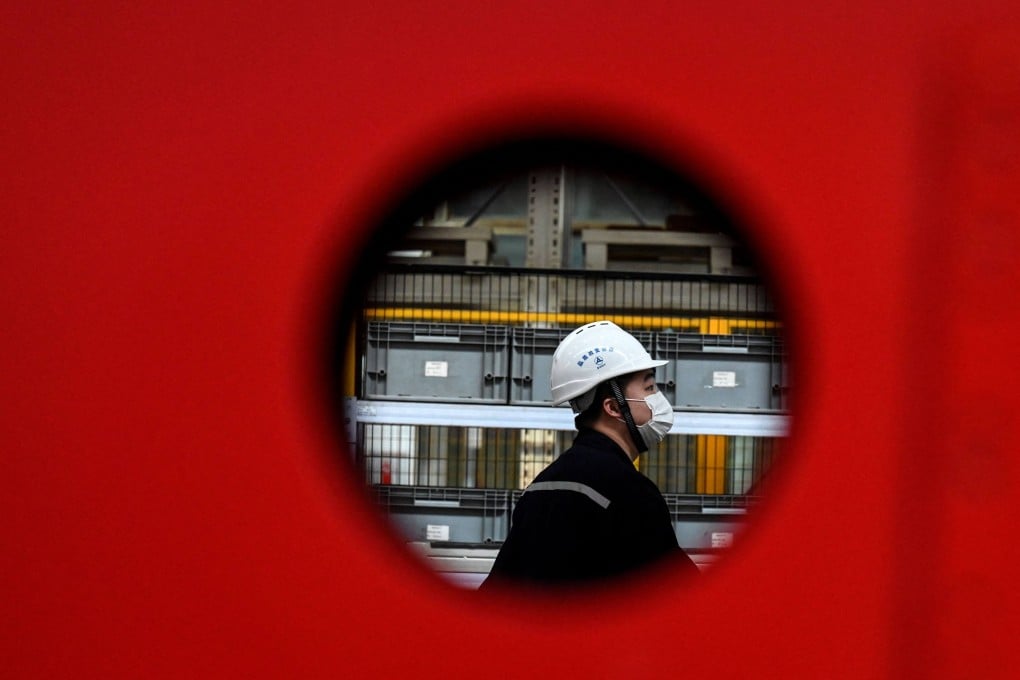Advertisement
Macroscope | How China can get its economy back on track after the 2021 battering
- Energy shortages, a shift in focus away from the housing sector, and ongoing uncertainty around Covid-19 are the biggest threats to economic stability
- To balance short-term economic pains with long-term recovery, more lenient regulatory policies and a ‘two steps forward, one step back’ approach are needed
Reading Time:3 minutes
Why you can trust SCMP

This has been an unusual year for the Chinese economy. As it recovered from the most catastrophic shock in modern history, annual growth rates in the first half appeared buoyant but mostly reflected favourable base effects.
As the year progressed, the economy was battered by a series of natural and man-made shocks. Resurgences of Covid-19, severe flooding, a cooling housing market, soaring commodity prices and a severe power shortage all took their toll on the post-pandemic rebound that was already losing steam due to lacklustre domestic demand.
A series of punitive regulatory tightening measures added to the economic woes and posed a setback for financial markets.
Advertisement
Looking ahead to 2022, the economy is likely to be buffeted by many of the same factors, which can be categorised into three groups: the transitory, the persistent and the uncertain.
In the transitory camp lies the adverse-weather effect and the impact of power shortages. The latter contributed to the third quarter’s economic slowdown by disrupting industrial activity and creating blackouts for many in the worst-hit regions.
Thankfully, the authorities have responded swiftly. A concerted effort to raise coal production for thermal power generation, widening the electricity price band, and a determined crackdown on coal speculation have all helped to limit the impact of this transitory shock beyond the end of 2021.
Advertisement
Select Voice
Choose your listening speed
Get through articles 2x faster
1.25x
250 WPM
Slow
Average
Fast
1.25x

